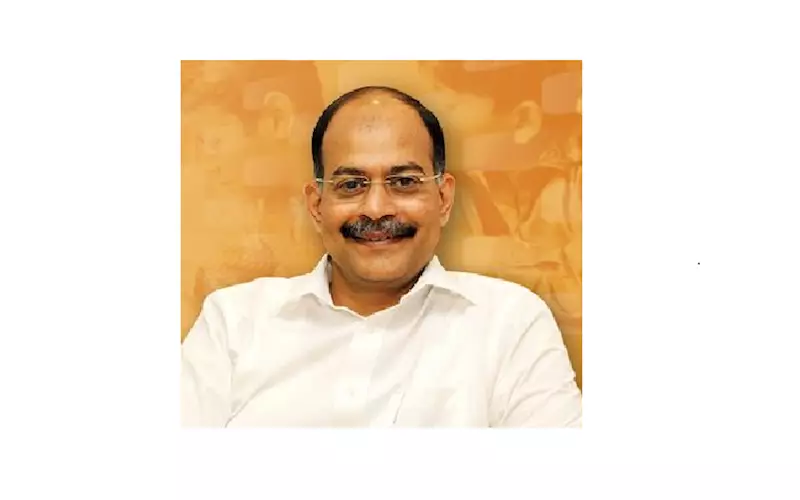Ullas Kamath of Jyothy Labs says, we can no longer ignore rural India
Messe Frankfurt today hosted the Rural Market Summit India - the virtual edition which focused on the theme – accelerating, and phygital infrastructure and financial inclusion of the rural markets.
30 Dec 2020 | By Noel D'Cunha
Sharing his keynote address on Re-thinking rural market strategy to win big in emerging markets, K Ullas Kamath, joint managing director of FMCG major Jyothy Laboratories, said, in my 30 years of experience, we have seen rural India as a big market. “India is a 1.3-bn population, 70% of which live in rural areas. The people are hard-working and aspirational. They want everything at an affordable price at the doorstep. As manufacturers of products, we have to see how do we produce things that can make them happy to buy, which can be made affordable. Those are some of the things we have tried to implement in the last 30 years."
To a question from WhatPackaging? on how has he seen popular brands adapt to the rural youth consumers in the rural markets, and has packaging design and product packs, Kamath said, we have smaller SKUs, for all the products, be it Maxo, Margo, Exo or Pril, we have smaller schemes. “Prices range from five rupees to 10 rupees to 20 rupees and that's how we position ourselves. The changes can be seen only in the packaging but otherwise, pricing will be more or less, the same per litre or per kg rates. Apart from that, advertisement is something which we usually spend to reach the rural market. “
According to Kamath, post-2004, after MNEGRA was implemented, household expenses primarily for food etc was taken care of, leaving 35% of the income for other expenses. “This is way below the 90% which is available to the rural population living in a developed country.”
35% of spending beyond food, is a small basket, which Kamath expects will grow, as he considered rural segment as the growth engine. “The government’s vision of doubling farmers’ income by 2024 is a significant step in strengthening the rural economy.”
The government of India has laid a thrust on direct transfer of benefits, which has improved the flow of money, particularly during Covid-19 time. Jyoti Labs’ first-quarter volumes grew by about 6.5%, which Kamath said, was “unheard” of. The second quarter of 2020-21, Jyothy Labs grew by 8.5% in volume terms. “While the growth has come from both rural and urban areas, the bigger chunk has been rural areas – about 1.3 to 1.4 times higher,” said Kamath.
Kamath is of the opinion that the government has to spend a lot of monies on health in the rural sector, on education and job creation. “If we have to become a five-trillion economy, there is no way we can ignore rural India.”














 See All
See All